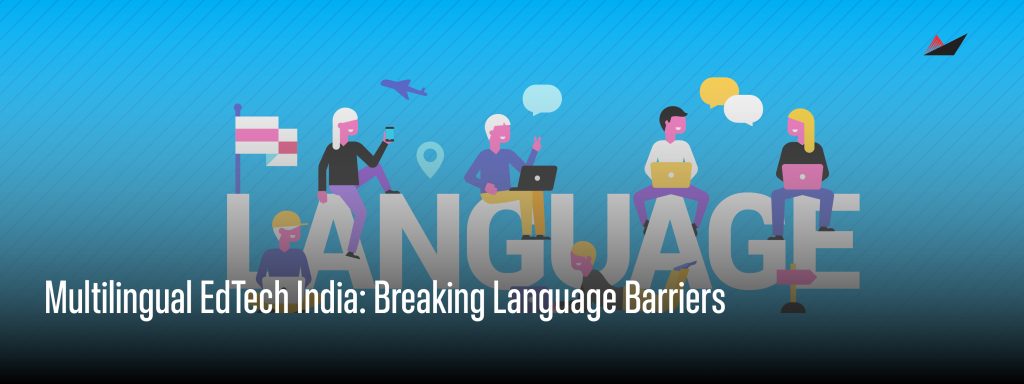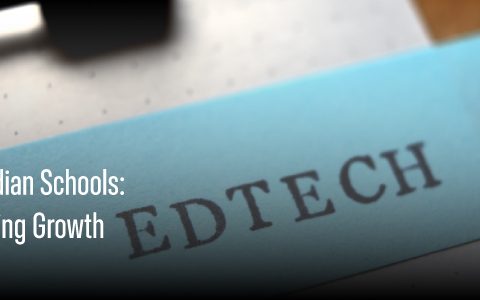
India is a nation of diversity – cultures, traditions and more importantly, languages. With over 19,500 languages and dialects spoken across the country, education faces a unique challenge: how can every learner understand, engage and excel in a language that is comfortable for them?
Today, EdTech stands at the centre of this transformation. The rise of digital tools, technology in education and smartboards in classrooms is reshaping learning experiences – especially in multilingual India. But are we doing enough to truly bridge the language gap in classrooms?
The Multilingual Challenge in Indian Education
Imagine a classroom with students from multiple language backgrounds. The teacher speaks one language, textbooks are in another and the learning ability varies drastically. This is the everyday reality in Indian schools.
Students often struggle because:
- Instruction is mostly in English or Hindi
- Native language support is minimal
- Complex subjects feel even harder in an unfamiliar language
- Communication barriers result in lower confidence
Language becomes the wall that blocks knowledge.
Traditional Teaching Methods: Limited Reach
Chalk-and-board methods have been used for decades. But today’s learners need more than just static content. Traditional teaching often results in:
✔ Teacher-led and passive learning
✘ Lack of personalization
✘ Minimal visual or interactive support
✘ Reduced student engagement
The classroom isn’t evolving fast enough to match student needs.
One Language Doesn’t Fit All
When learning materials are delivered in only one language:
- Students lose interest
- Grades drop
- Dropout rates increase
Especially in early education, understanding in one’s mother tongue is crucial for cognitive development.
The Era of EdTech: India’s Smart Transformation Begins
As India embraces Digital Learning, EdTech becomes a powerful bridge. Smartboards in classrooms, interactive content and multilingual learning tools make education accessible, adaptive and engaging.
A smart classroom empowers:
- Student participation
- Personalized and visual learning
- Multiple language content delivery
- Better teacher-student interaction
Technology isn’t replacing teachers – it’s strengthening them.
Introducing Senses Interactive Panels – EdTech Innovation for India
Imagine a device built for India’s diverse learning ecosystem.
That’s where Senses Interactive Panels transform the educational experience.
Designed especially for Indian schools, Senses Panels offer:
- Multilingual content support
- Cloud-based learning access
- Intuitive touch and gesture control
- High-quality visuals and audio
Now, every student — regardless of language — can learn equally.
Senses technology enables the teacher to switch languages instantly.
For example:
– Science lesson in English
– Vocabulary explanation in Hindi
– Local examples in regional language
This flexibility makes learning:
– Simpler
– More relatable
– More effective
Transforming the Traditional Class Room into Smart Classrooms
With Senses, classrooms evolve into future-ready spaces:
| Traditional Classroom | Smart Classroom with Senses |
| Chalk and talk | Interactive board learning |
| Limited resources | Access to digital content |
| Passive learning | Student collaboration |
| One-language dependency | Multilingual instruction |
| Low engagement | High attention & retention |
Better visuals → Better understanding → Better results .
India’s linguistic diversity should be a strength, not a barrier and the future of education lie in embracing technology that truly understands and adapts to the unique needs of every learner. Senses Interactive Panels transform traditional classrooms into spaces that are more interactive, more inclusive and more impactful, ensuring that students learn confidently regardless of their language or background. By breaking communication barriers and enabling effective digital learning, Senses is driving a powerful shift toward Smart Teaching, Smart Learning and a Smart India — where innovation empowers education for all.



